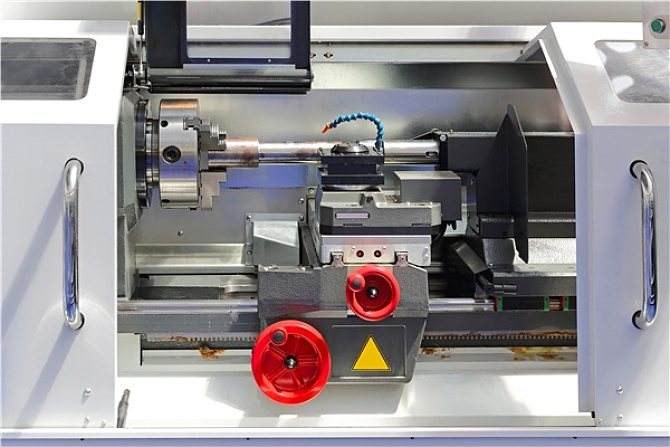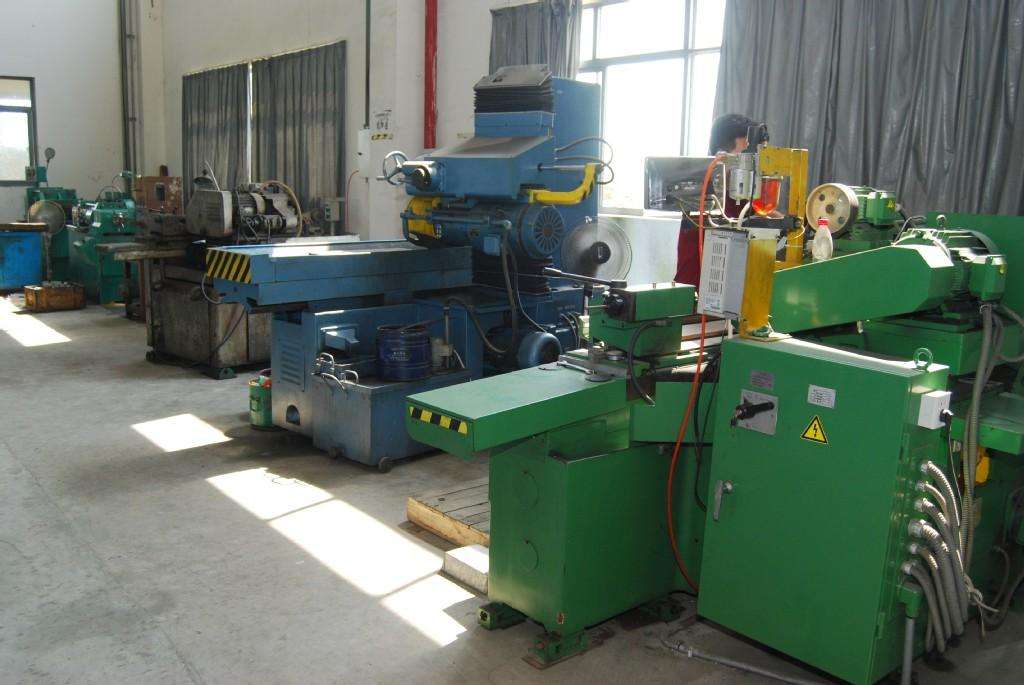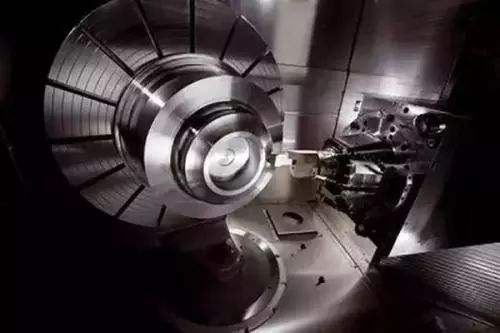Copyright © 2021 LS Carbon All rights reserved.Site Map Powered by iwonder.cn
There are many machining methods for carbon fiber products, including turning, grinding, drilling, etc. The non-traditional methods are ultrasonic vibration machining. Today, lscarbon mainly focuses on the analysis of several traditional processing processes of carbon fiber products and their corresponding functions and further discusses the influence of process parameters on cutting performance and surface quality.
1.CNC Turning
Turning is one of the most widely used machining methods for carbon fiber composite materials. It is mainly used to achieve the predetermined dimensional tolerance of cylinder surface. The feasible cutting tool materials for carbon fiber turning are ceramics, cemented carbide, cubic boron nitride, and polycrystalline diamond. Machining surface quality and tool life are greatly affected by process parameters. For example, feed speed, cutting speed, cutting depth, etc. Therefore, it is generally the focus of research, which needs to consider tool characteristics, such as tool geometry and material.
Lscarbon engineers use carbide tools for cutting experiments to observe cutting phenomena and tool performance. At the same time, factors such as cutting force change, tool wear, surface roughness, and cutting forming are considered: On the premise of preventing or reducing side wear, the same surface texture can be machined with carbide tools. It is found that the feed speed and the geometry of the cutting tool play a decisive role in the surface roughness of carbon fiber parts.

2.Milling
Milling is usually used to process carbon fiber products with high accuracy and complex shape. In a sense, milling operation can be regarded as a correction operation. Because milling can get a high-quality machining surface. In the process of processing, due to the complex interaction between the end milling cutter and carbon fiber composite, delamination and uncut fiber yarn burr often occur. In order to reduce the phenomenon of fiber layer delamination and burr, we have gone through a lot of attempts and explorations.
In the process of machining, the accurate prediction of thrust and axial cutting force can avoid the phenomenon of fiber delamination and burr. Reasonable design and control of the tool path can also effectively build burr formation and fiber delamination. The main process parameters, such as fiber orientation, axial and tangential feed speed, cutting speed, etc., will have a significant impact on the surface roughness of carbon fiber workpiece.

3.Drilling processing
Carbon fiber parts need to be drilled before the assembly is bolted or riveted. In the process of carbon fiber drilling, there are some problems: material layer separation, tool wear, hole surface machining quality, and so on. It can be seen from the test that the cutting parameters, the shape of the drill bit, and the cutting force have an influence on the delamination and the surface quality of the product.
The ratio of the maximum diameter of the damaged area to the hole diameter can be used to analyze delamination. The larger the stratification factor is, the more serious the stratification phenomenon is. In addition, it can be seen from the experiment that the cutting thrust is related to the delamination factor. Cutting thrust can be used to indicate the degree of delamination. For the same drilling material, the influence of cutting speed on cutting force is not great. And it can be seen that the delamination can be reduced by reducing the feed speed of the exit.
It can be seen from the research that under the same cutting parameters, compared with the twist bit, the parameters have little influence on the delamination of the composite special bit. For bits with special geometry, larger feed rate and bit diameter can reduce delamination. And the cutting force of different diameter ratio will increase with the decrease of diameter ratio and the increase of feed speed.

4.Abrasive machining
The machining accuracy of carbon fiber composite materials is very demanding in aerospace, shipbuilding and other fields. It is necessary to achieve better surface quality by grinding. However, the grinding process of carbon fiber composite is much more difficult than that of metal. The results show that under the same grinding condition, the cutting force increases linearly with the increase of grinding depth and is larger than that of unidirectional carbon fiber composite. For the processing of unidirectional carbon fiber composite, the surface integrity of the product is greatly affected by the fiber direction.
In view of the defects of traditional carbon fiber drilling, it is known through test that:The new equipment of "grinding with drilling" can obtain high machining accuracy and surface quality, and can meet the current industrial requirements of carbon fiber workpiece hole machining. The carbon fiber products are polished with a cup-shaped grinding wheel and cooled with cooling liquid inside. The results show that the grinding method with a built-in coolant can effectively grind carbon fiber, and there is no delamination and burr on the surface. The cooling effect of this method is better, which can effectively reduce the grinding temperature and is more conducive to the removal of chips.
